|
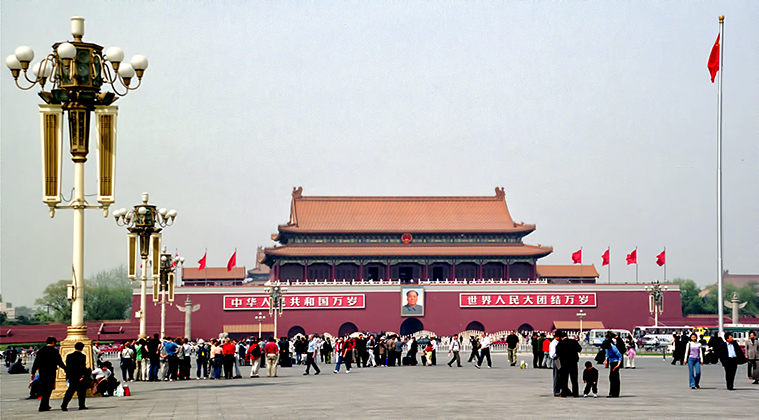
|
Between the square and the gate runs Chang an Jie, Beijing's ceremonial boulevard. Four soldiers form an honour guard working in 4 four hour shifts around the clock |
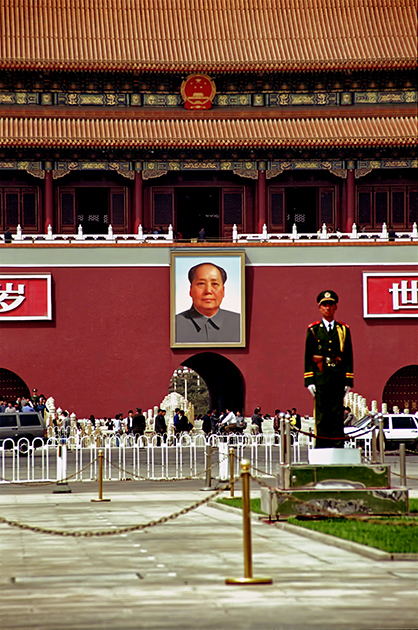
Tiananmen Square and The Imperial City
| China Map | Home | Page 2 of 4 | Page Up | Page Down |
|
|
|
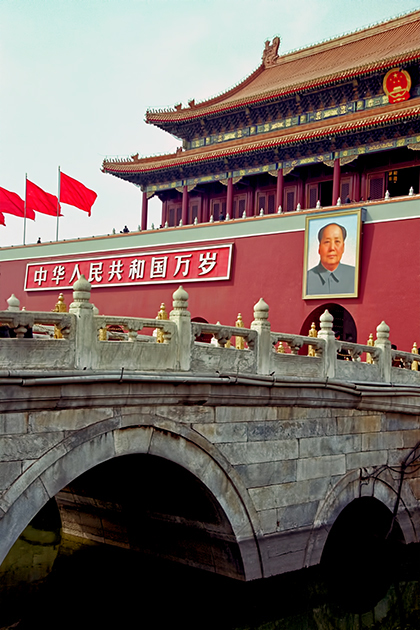 |
Tiananmen Gate
The Imperial City |
|
|
Wumen or Meridian Gate to the Hall of Supreme Harmony
|
|
|
|
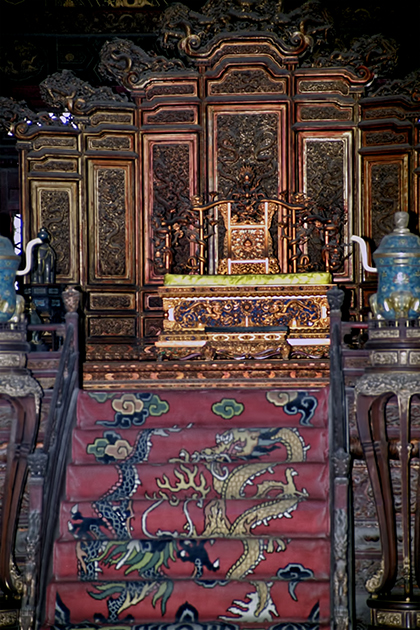 |
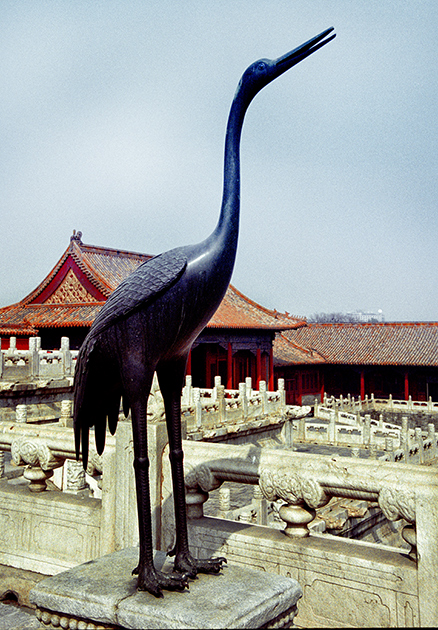 |
|
| Ning Shou Men - Gate of Peace and Longevity
|
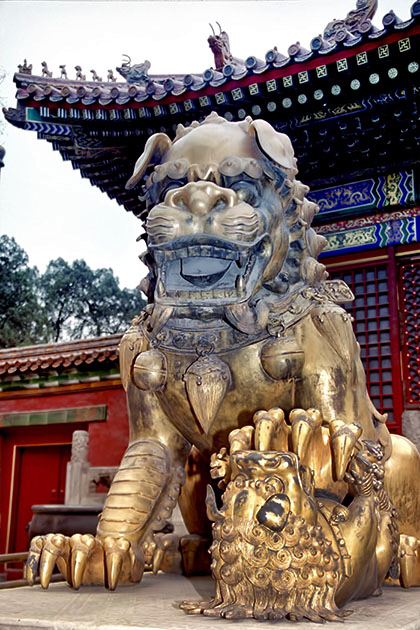 |
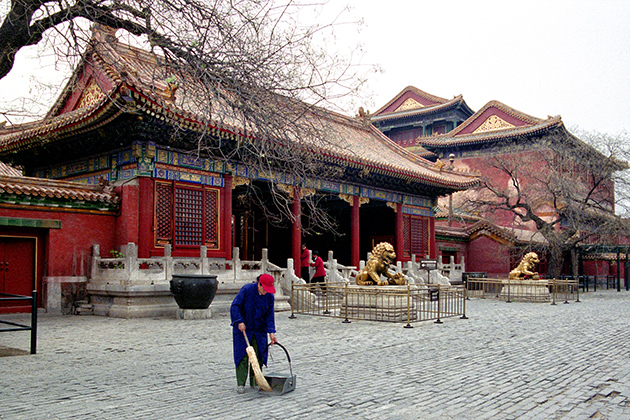 |
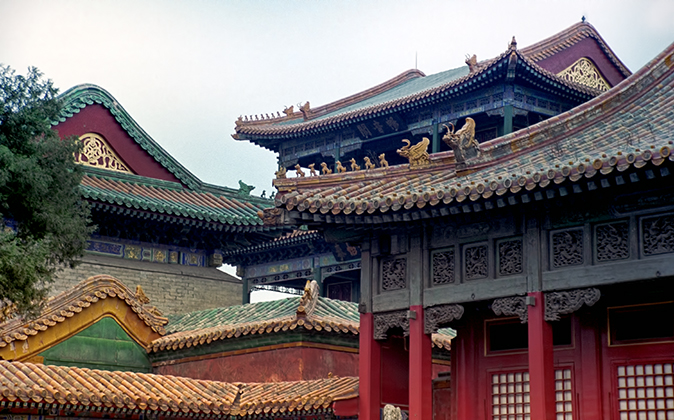 |
Zoomorphic Watch
|
|
'Pu Yi 'the last Emperor |
|
The colour
red is everywhere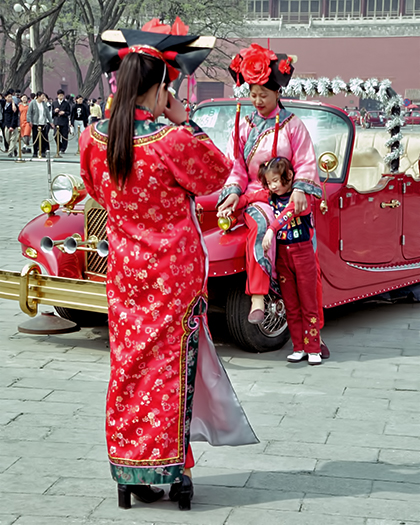
|
|
|
Imperial Gardens
|
| China Map | Home | Page 2 of 4 | Page Up | Page Down |